How To Dry Parsley in a Dehydrator
A couple of days ago I noticed my herb garden was bursting at the seams. My two parsley plants are massive, I had to pinch flower blossoms off my basil and oregano, and my newest addition to my herb garden, tarragon has done better than I expected, and is huge. And of course mint, the houseguest I can’t seem to get rid of, it has made itself at home in my herb garden again, despite my repeated attempts to give it the boot.
All of these herbs in my garden are dehydrator bound over the course of the next week.
First up in the dehydrator is parsley, it is getting a little weather worn and needs to be cut back. If you have found yourself here and this is your first time drying fresh herbs from your garden, let me begin by saying it is easy, like crazy easy to dry herbs. No degree in food science needed! But a dehydrator is super helpful. I tried a few times with varying degrees of success in the oven. After a couple of inconsistent tries at dehydrating in my oven last year, I ordered my Nesco 600-Watt Food Dehydrator from Amazon it’s the one pictured below, and have been very happy with it. It is worth the $60 if you really want to dehydrate foods.
Drying Fresh Parsley in a Dehydrator is super easy, and is one of my more frequently reached for herbs when cooking in the winter. Parsley does not add much flavor, but adds a splash of color to soups and stews and makes them more visually appealing.
Tips for Drying Parsley in a Dehydrator
- Parsley is ready to be harvested when the leaf stems have three segments.
- Up to 75% of the current season’s foliage can be harvested at one time, and maintain growth for future harvests.
- Harvest your parsley, mid-morning is best, evening works too, just avoid harvesting in the hot midday sun.
- Give it a rinse. Trust me, don’t skip this step. I thought mine were clean and found a small worm and couple of bugs in my rinse water. I prefer a large bowl of cold water to rinse, gently swirl the herbs in the bowl to remove dirt and bugs.
- Blot with dry with paper towel. Then lay the leaves on a paper towel, a single layer without allowing leaves to overlap. Cover with another towel and another layer of leaves, to absorb any water in the creases of the leaves.
- Lay the parsley out on the dehydrator racks, leaving space between them for the air to circulate, and only one leaf thick on each rack.
- Set the dehydrator temp low, 95-degrees is ideal for herbs. Drying herbs in high heat will cause them to take on an ugly black appearance.
- Plan drying time variations, herbs can take anywhere from 12-24 hours to dry. The huge time variation is caused by moisture in the herbs and humidity in the atmosphere.
- Herbs are dry when they are brittle and crumble easily.
- For best flavor, dry and store herb leaves whole. When ready to use crush, or grind with a mortar and pestle just before adding to the recipe.
- Store dried herbs in an airtight container in a cool, dry place away from sunlight, moisture, and heat.
- Dried parsley is perfect to add color to stews, sauces, and soups.
You may also like:

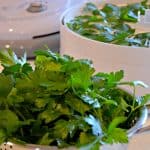

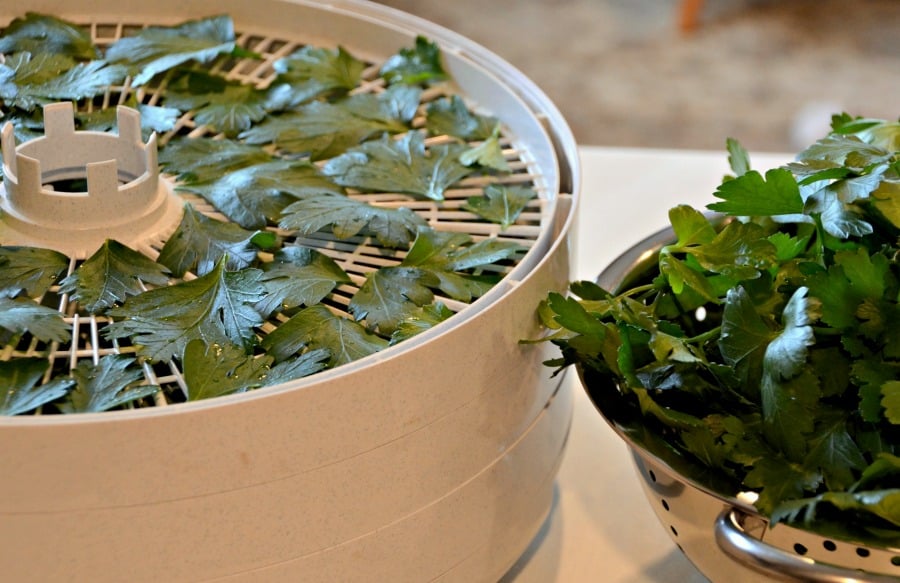
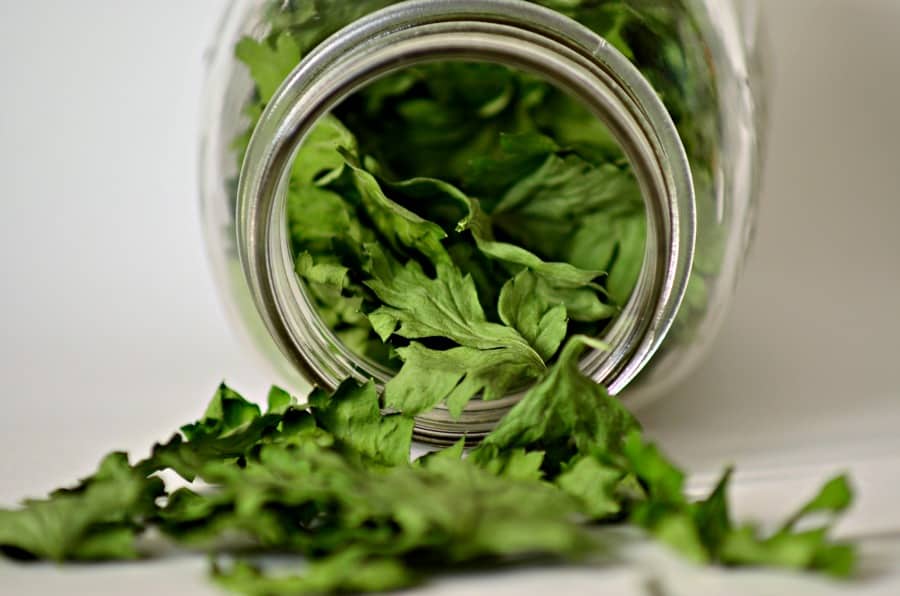
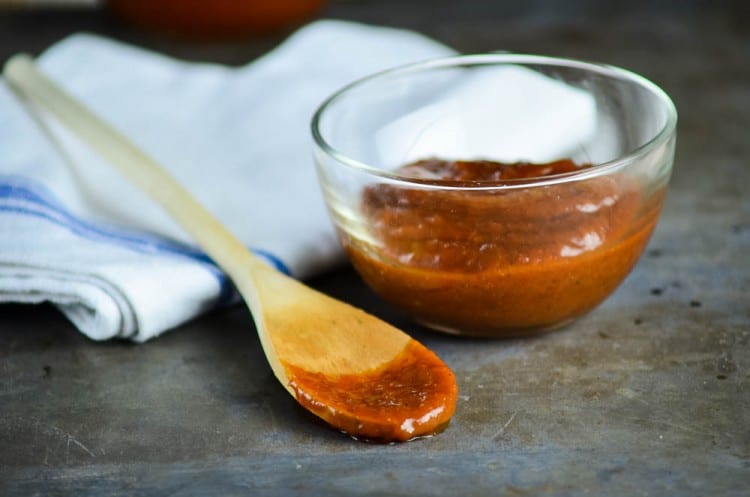

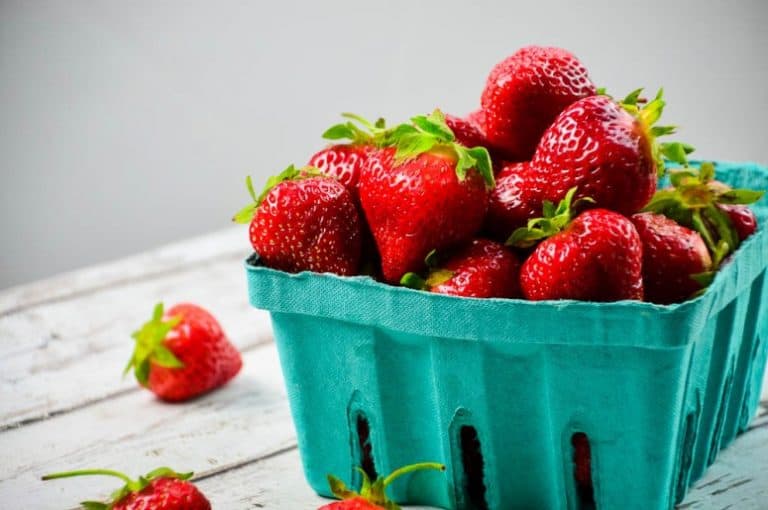
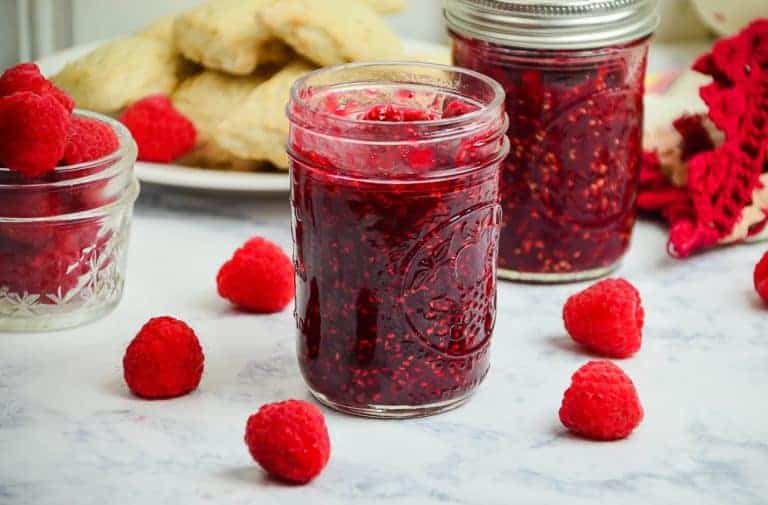
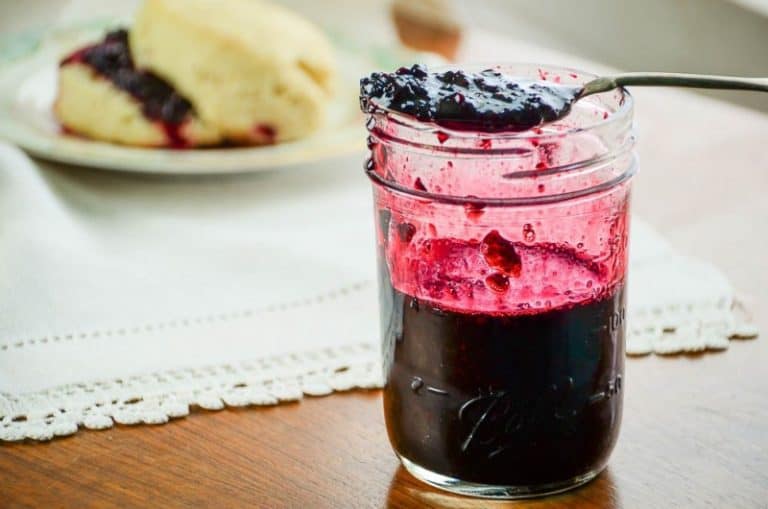
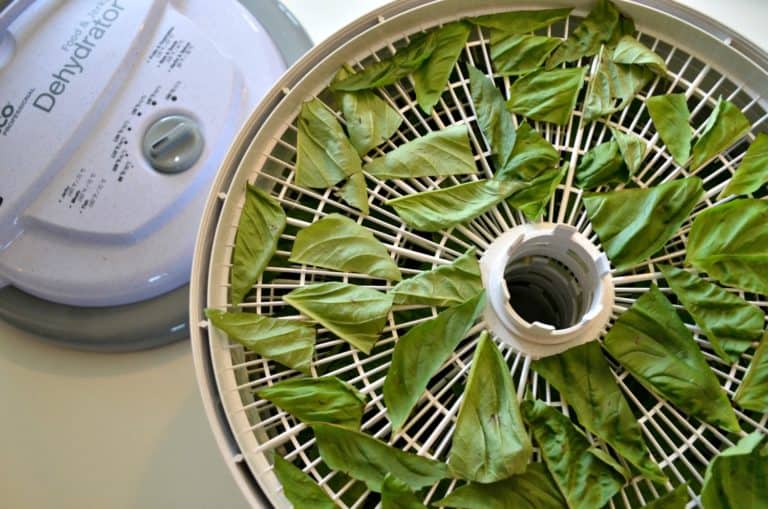
Hi Jennifer, I have just checked your post and found it very informative. I have heaps of parsley to dry and thought I would check what others are doing. I live down under in Oz but some things are the same around the globe. Thanks Pauline.
I see you have the same ‘mint” issue I seem to be having! 😉
Oh yes, and I don’t think it is going to go away on it’s own anytime soon 🙂
I spread herbs on a cookie sheet in the oven on low with the convection fan on. Takes no time to dry and the house smells great.
That sounds a lot faster Kirsten I will have to try it!